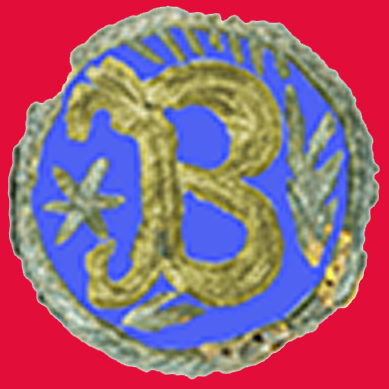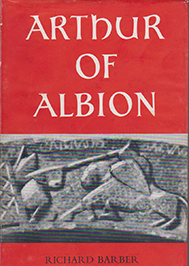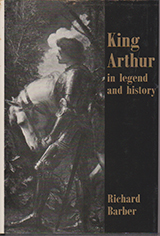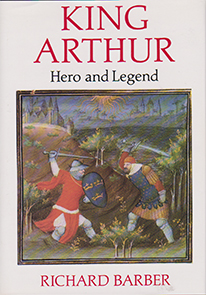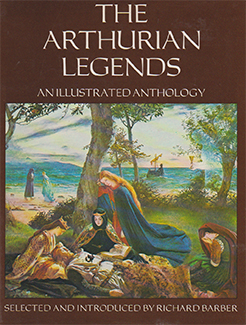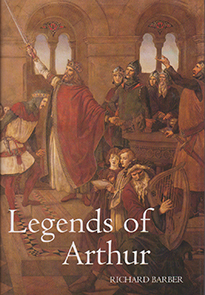‘Barber, I think you know what I am going to be saying for the next three terms, so go away and do something useful. You can report back in a couple of weeks and tell me what you’re up to.’ Gerald Murray was a wonderful teacher of a kind that certainly still exists, and he was about to deliver his English course for the Modern Languages sixth form. As it was invariably the same, and I had already heard it twice, it was a perfect solution from my point of view. I had already embarrassed him the previous year by being caught reading under the desk during his lessons: the problem was that he asked me what the book was, and my reply – ‘Proust, sir…’ – provoked a moment’s awkward silence instead of his usual swift repartee, probably because he hadn’t read it. So ‘going away’ it was, though there was a proviso: ‘something useful’ had to be about English literature.
Being an unimaginative seventeen year old, I decided to begin at the beginning. So I went to the Bradleian, an impressive piece of Victorian gothic architecture with massive oak shelving laid out in the style of an Oxbridge college. The literature section was conveniently laid out in chronological order, and I began with the Anglo-Saxons. For whatever reason, a fortnight’s browsing did not persuade me that I could become an Anglo-Saxon enthusiast. Perhaps it was the feeling that I would have to try to learn yet another language to really understand the literature, a language tantalisingly close yet elusively different. And the translations available in the 1950s were uninspiring. The library probably had the version of Beowulf by John Clark Hall which had first appeared in 1914. It certainly didn’t possess that by C.K. Scott Moncrieff, whom I would instantly have recognised as the translator of my copy of Proust. And of course Seamus Heaney’s bestselling rendering of the poem was a long way in the future.
Next to the Anglo-Saxons on the library shelves came Arthur. Looking back, it was an odd juxtaposition, entirely based on the supposed date of Arthur in history. But in terms of literature, as I rapidly discovered, it made no sense at all. I also discovered that here was a mystery, and a historical one at that. I had not really intended to specialise in modern languages. History had been my favourite subject at prep school. Only vague hankerings after a glamorous diplomatic career and the need to make a rapid decision when I arrived at Marlborough had led to that choice. There were only a handful of books on Arthur on the shelf, but I quickly realised that this was a real tip of an iceberg. Perhaps an unexplored island would be a better metaphor, for this was a subject where there were only partial maps. Writers seemed very uncertain how to approach Arthur. The books which first caught my attention were often deeply concerned with the identity of the historical Arthur. The idea of being a historical detective was very appealing, and so my sixty years in Arthur’s company began.
The essay that I wrote that term developed into a Trevelyan scholarship project, and then into my first book: Arthur of Albion. That has stayed in print in a variety of forms since 1961, and is still available as (King Arthur in Legend and History; King Arthur, Hero and Legend ); it was an attempt to provide the missing overview of the whole subject which I wanted.
The Arthurian Legends followed in 1979, an illustrated anthology which eventually sold over 250,000 copies, chiefly to American book clubs. Another anthology, Legends of King Arthur, was commissioned by The Folio Society in 2000, and again appeared in different forms over the next few years.
By then, however, Boydell & Brewer had begun to publish Arthurian material at an academic level, as the other pages under this heading describe.
